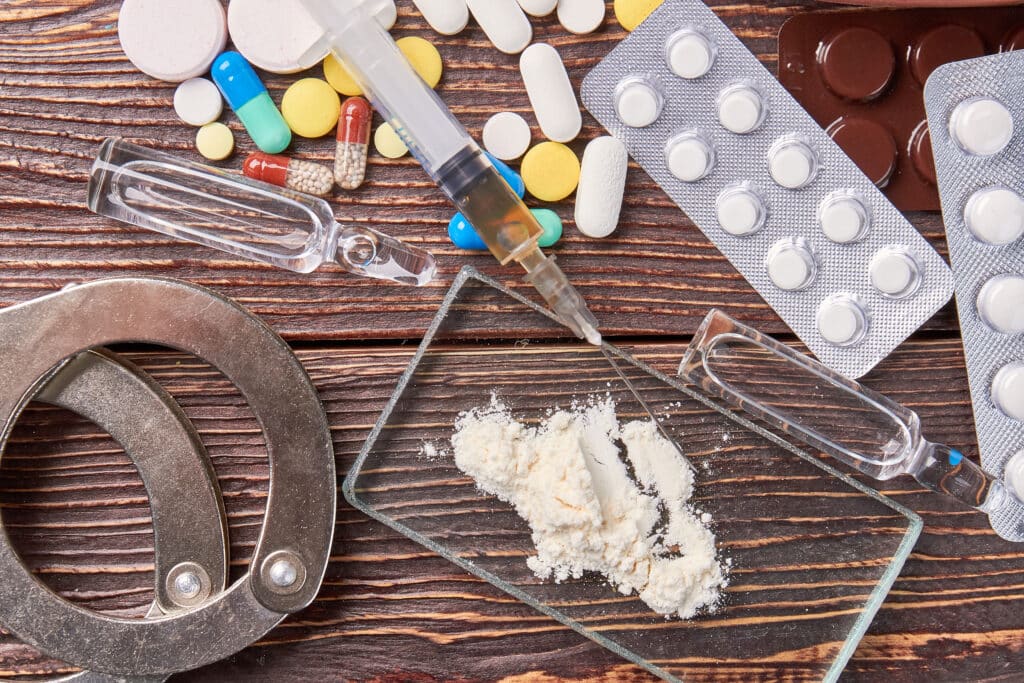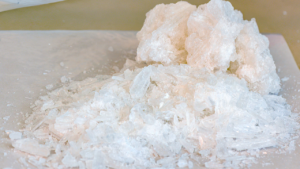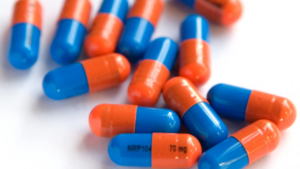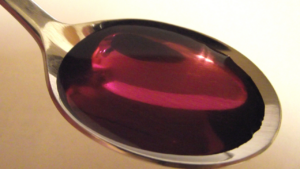Phencyclidine, commonly known as PCP or “angel dust,” is a potent hallucinogenic drug with a complex impact on the body. For those who have used or encountered PCP, understanding how long it stays in the system is crucial. In this blog, we’ll delve into the factors that influence the duration of PCP’s presence in the body and explore the implications for drug testing and overall well-being.
Factors Influencing Detection Time
The duration for which PCP remains detectable in the body varies widely from person to person and depends on several key factors:
- Dosage: The amount of PCP consumed directly affects how long it remains in the system. Higher doses can lead to a longer detection window, as the body takes more time to metabolize and eliminate the drug.
- Frequency of Use: Chronic PCP users might have a longer detection time compared to those who have used it infrequently. Regular use can lead to a buildup of the drug and its metabolites in the body.
- Metabolism: Individual metabolic rates play a significant role in drug elimination. People with faster metabolisms tend to process and excrete PCP more quickly than those with slower metabolisms.
- Hydration: Adequate hydration can help expedite the elimination of PCP and its metabolites from the body. Dehydration, on the other hand, can prolong the detection window.
Detection Windows
The timeframe during which PCP can be detected in various biological samples varies:
- Urine: PCP can typically be detected in urine within 2 to 7 days after use. However, in some cases, especially with chronic use, it may be detectable for up to 14 days.
- Blood: PCP is detectable in the bloodstream for a shorter period than in urine, usually within 24 to 48 hours after use.
- Hair: Hair follicle tests can reveal PCP use for a longer duration—up to 90 days or more after use, depending on the length of the hair sample tested.
- Saliva: PCP is usually detectable in saliva for a shorter time compared to urine. It can be found in saliva within 24 to 48 hours after use.
Practical Implications
Understanding the duration of PCP’s presence in the body has practical implications in various scenarios:
- Drug Testing: Employers, law enforcement agencies, and rehabilitation centers often conduct drug tests to detect PCP use. Knowing the detection windows can help individuals plan accordingly and make informed decisions.
- Rehabilitation Programs: For individuals seeking to overcome PCP addiction, understanding the detection window can aid in setting realistic recovery goals and monitoring progress.
- Legal Proceedings: In legal cases involving PCP use, drug tests can provide crucial evidence. Accurate information about detection times ensures fairness and accuracy in legal proceedings.
- Medical Treatment: Medical professionals need accurate information about PCP’s elimination time when treating patients who have used the drug. This knowledge helps in providing effective care and managing potential interactions with other medications.
The question of how long PCP stays in your system is a complex one, influenced by various factors such as dosage, frequency of use, metabolism, and hydration. Understanding detection windows empowers individuals, medical professionals, employers, and legal entities to make informed decisions about PCP use and its potential impact on various aspects of life. As science continues to advance, our understanding of how drugs interact with the body becomes increasingly refined, enhancing our ability to address the challenges posed by powerful substances like PCP. If you or someone you know is struggling with PCP use, seeking professional help and support is essential for making informed choices and maintaining overall health and well-being.







